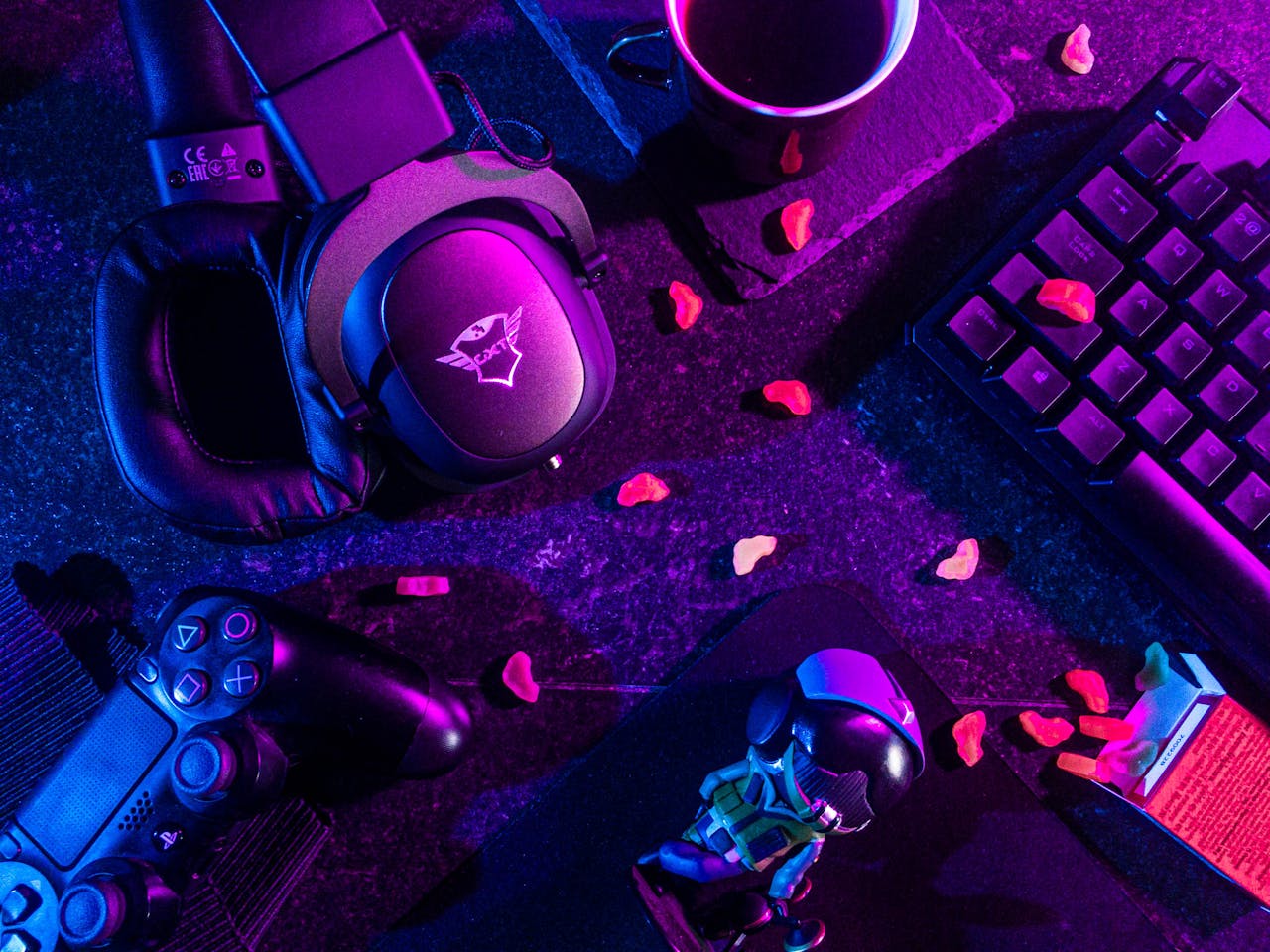

I think we can all agree that most to-do lists are boring. They’re endless, overwhelming, and often guilt-inducing. Even worse? After meticulously jotting down every task, we end the day with half of them still unchecked, leaving us feeling exhausted and defeated.
But what if your to-do list could be more exciting than a dreary chore?
Get motivated, laser-focused, and excited about getting stuff done with task gamification, a psychology-based approach. In addition, by applying game elements to your daily to-do lists, you can boost your dopamine levels daily.
Why Gamifying Your Tasks Actually Works
At its core, gamification taps into deep-seated psychological mechanisms. Specifically, our brains are hardwired to respond to rewards, progress, and challenges that engage us.
This explains why video games are so captivating. They can keep us hooked because they;
- Offer clear, achievable goals. It’s always clear what needs to be done next.
- Provide immediate feedback. As you progress, you’ll receive points, levels, and sounds.
- Reward progress, not just perfection. You’re recognized for every little step you take.
- Make the journey feel meaningful. Whether you are solving a puzzle, building a character, or on a quest, you’re on a journey.
Using these principles in your workday can enable you to “trick” your brain into feeling more motivated — especially when you’re feeling tired, bored, or procrastinating. This allows you to shift your mindset from “I have to do this” to “I get to do this.”
The result? Gamification makes employees more productive at work, according to 90% of them. And, on average, gamified work experiences increase employee engagement by 48%.
Without further ado, here are ten ways you can inject some fun into your daily grind.
1. Turn Tasks Into Quests
Rather than writing “Update spreadsheet,” rename it something epic like “Clear the Data Dungeon.” Or, rename “Email follow-up” as “Unlock the Hidden Network.”
Why it works: Language fundamentally alters how we perceive difficulty. By turning mundane tasks into quests, they seem more like parts of a bigger mission. Overall, this gives you a sense of purpose, narrative, and even heroism, which motivates you.
Tip: You could also add a short, compelling description to each quest, just as in a video game. For example, Objective: Locate and update all Q3 sales figures before the deadline dragon strikes. Beware of stale data.
2. Assign Points to Your Tasks
Depending on the difficulty, importance, or time commitment of each task, assign a point value. For example, five points might be awarded for a small, quick task, like sending a Slack message. The point value for a moderately challenging task, such as drafting a short report, could be 25 points. Or, if the proposal is substantial and complex, think finishing a major proposal, points could be worth 50 or 100.
Why it works: Points provide you with a tangible, numerical representation of your progress. As a result, abstract effort becomes quantifiable. By prioritizing high-value tasks over busywork, you’re able to make more impact.
How to track it: Use a simple spreadsheet or a dedicated bullet journal spread. Or, even better, a gamified productivity app like Todoist, Notion, or Habitica, which turns your entire life into an RPG.
3. Level Up Your Productivity
Decide what milestones you want to achieve in your experience. Every 100 (or 500, or whatever you find appropriate) points you earn, you “level up.” Also, you can celebrate each level with a small, self-designed reward or a symbolic badge.
The following is an example of level progression;
- Level 1: Desk Hero (100 points). This is the beginning of your journey.
- Level 2: Task Tamer (200 points). Being able to master your daily tasks.
- Level 3: Workflow Warrior (300 points). You’re gaining serious traction.
- Level 5: Focus Knight (500 points). Your realm is protected from distractions.
- Level 10: Ultimate Productivity Boss (1000 points+). There is no stopping you!
Why it works: Progress is more exciting and motivating when it’s clear. It goes beyond checking boxes; it’s about learning, building skills, and becoming a better version of yourself.
4. Build Streaks and Combos
Combos and streaks are what gamers live for. Habit-builders do the same. Use this principle to make consistent habits, whether they are daily, weekly, or monthly. If you repeat essential activities consistently, you’ll see your consistency improve.
Ideas:
- You’ll receive 50 bonus points if you achieve a 5-day writing streak.
- When you complete 3 focused sessions in a row, you earn the “Combo!” multiplier; for example, all tasks in that third session are worth double points.
- Achieve “inbox zero” for seven consecutive days = “Email Slayer” badge.
- The more days you complete your morning routine, the more chances you have to unlock a “fast travel” (an additional 15-minute break).
Tip: Keep a visual streak tracker that is highly visible. A simple calendar where you can cross off each successful day, or an app like Streaks or Loop that tracks your habits, can be extremely motivating.
5. Use Timers as “Boss Battles”
Divide large, intimidating tasks into timed sessions, such as the popular 25-minute Pomodoros. As soon as the timer starts, visualize it as an intense boss battle in which distractions and retreats are forbidden. As soon as the timer ends, you’ve defeated the boss. Take a quick break, indulge in a healthy snack, or scroll through social media guilt-free.
Why it works: With a defined time pressure, procrastination is prevented and concentration is increased. By adopting a “battle” mindset, a mundane task becomes engaging.
Bonus Tip: If you want to create a more epic vibe, you should play epic video game music during your “boss battles.” Don’t know where to find? Just search for “epic battle music” on YouTube or Spotify.
6. Create a Daily “Loot Chest”
Each day, or after reaching a major milestone, symbolically “open your imaginary (or even real) loot chest.” What rewards did you earn? Maybe it’s an extra 100 XP, a shiny sticker on your planner, 30 minutes of guilt-free Netflix, or permission to indulge in your favorite podcast.
Why it works: Celebrating success activates your brain’s dopamine reward system. Thus, you are more likely to repeat these behaviors. Instead of being relieved, it makes you feel satisfied when you close your laptop.
Idea: Provide small, prewritten rewards in a physical “prize jar.” After a particularly productive day or week, give one away. Examples include; Fancy coffee from your favorite cafe, 30-minute walk in nature, buy that book you’ve been eyeing, afternoon off after a 500-point week.
7. Add Randomness With a Task Dice
There’s a real problem of decision fatigue. If you have a long list of lower-priority tasks to do, choosing what to do next can be draining. You can combat this by adding a random element. Identify 3-6 minor tasks and assign a number to each one. After that, roll a dice (or use a dice roller) to determine your next step.
Why it works: Randomness prevents choice overload by keeping your brain engaged. Also, making mundane decisions fun removes the mental burden.
Tip: For chores, errands, or brainstorming, you can use a spinner wheel or a digital randomizer.
8. Battle the “Villains” of Productivity
There is no hero without a nemesis. So, feel free to name yours. By personifying your productivity challenges, you can identify, understand, and ultimately overcome them. In addition, it provides a sense of humor and narrative to your struggle.
Here are some examples of productivity villains;
- Goblin of procrastination. Strikes when you’re scrolling endlessly through social media instead of doing something productive.
- Perfectionist witch. A voice whispers doubts in your ear, telling you nothing you do is good enough, resulting in paralysis by analysis.
- The hydra of multitasking. Tempts you with ten open tabs and no focus, fragmenting your attention.
- Distraction sirens. With tempting notifications and irrelevant thoughts, it distracts you from your deep work.
Why it works: When you give these internal or external forces a name, you externalize them. As a result, they become something you can “battle” and overcome, instead of feeling like failures.
9. Track Your High Scores
Measuring leads to management, and management leads to gamification. Keep yourself on track with a weekly or monthly scoreboard. Productivity efforts can be measured by the following metrics;
- Total points earned
- Number of “boss battles” won
- Maintained streaks
- Completed key “quests”
- Total hours of focused work
Why it works: Your high scores are a meaningful indicator of your progress over time and provide you with a feeling of accomplishment. Additionally, it creates a natural, healthy competition with your “past self” for continued motivation.
Bonus: Consider a friendly competition with an accountability partner or a supportive colleague to stay motivated.
10. Create Your Own Game Board
Let’s go old school and create a physical game board. You can draw one on paper or a whiteboard, with starting points, milestones, power-ups, and even “setback” zones. As you earn points or complete tasks, move a small marker forward.
Here are some ideas for game boards;
- Milestone. For a guilt-free 15-minute break, land on “Task-Free Island.”
- Power-up. When you complete 3 tasks quickly, you’ll be able to earn double points on your next task.
- Setback. When you forget to take a scheduled break, you find yourself on “Burnout Bog”, which prompts you to rest for 30 minutes immediately.
Why it works: A tangible, visual representation of progress is highly motivating. You can see your progress more clearly by physically moving a marker across the board.
Final Thought: Work Doesn’t Have to Feel Like Work
When you gamify your to-do list, you don’t ignore deadlines or slack off; you reimagine productivity in a way that motivates you. Whether you’re a gamer or not, progress, rewards, and fun are all important.
The key to breaking out of the cycle of stress, guilt, and burnout is to turn your daily grind into a game. Once you start seeing your tasks differently, you might even look forward to them.
Don’t forget: productivity isn’t just about getting things done. It’s all about how you feel while doing them. Isn’t it time we made it a little more fun?
FAQs
Isn’t gamifying tasks just procrastination in disguise?
Not at all. Gamification can boost productivity and focus when done properly. Engaging your brain in rewarding tasks is easier, particularly if you’re avoiding them otherwise.
Can I use these methods with a team or coworkers?
You betcha. Group productivity can be increased through shared scoreboards, collaborative “quests,” and team rewards.
What if I fall off the system or forget to track?
That’s okay. Every session can be started at any time, just like a game. Rather than aiming for perfection, aim for momentum and enjoyment.
Can I gamify my entire life, or is this just for work tasks?
Everything in your life can be gamified.
Personal habits, chores, new skills, and fitness goals can all be gamified. Using these techniques can motivate you to exercise more, read daily, learn a language, or keep your home clean. In all areas of life, clear goals, feedback, rewards, and progress are the same psychological drivers.
Image Credit: Element5 Digital; Pexels
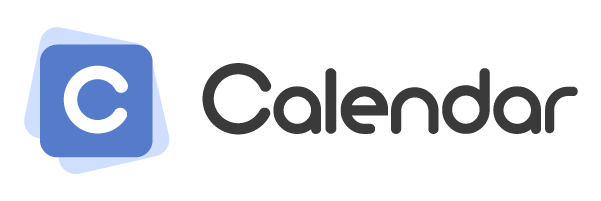
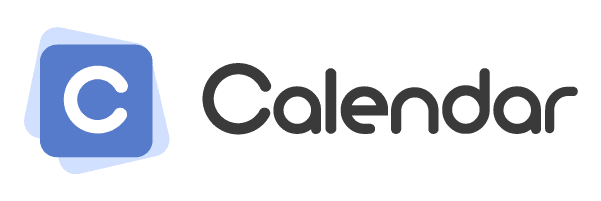
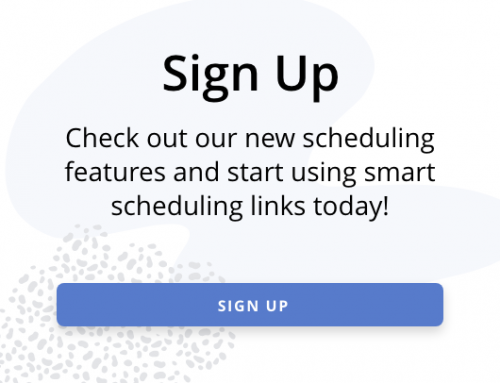



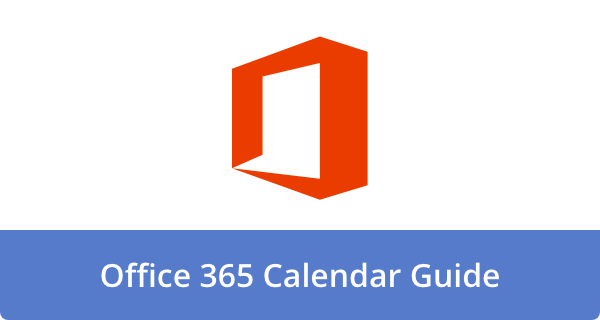
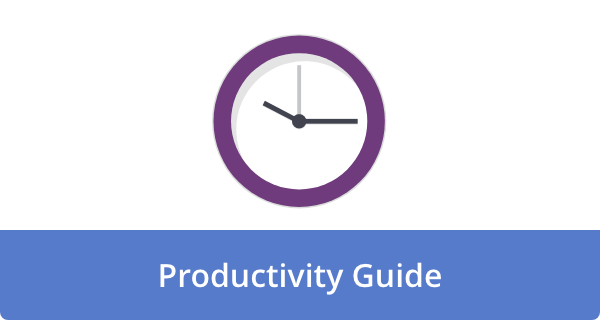


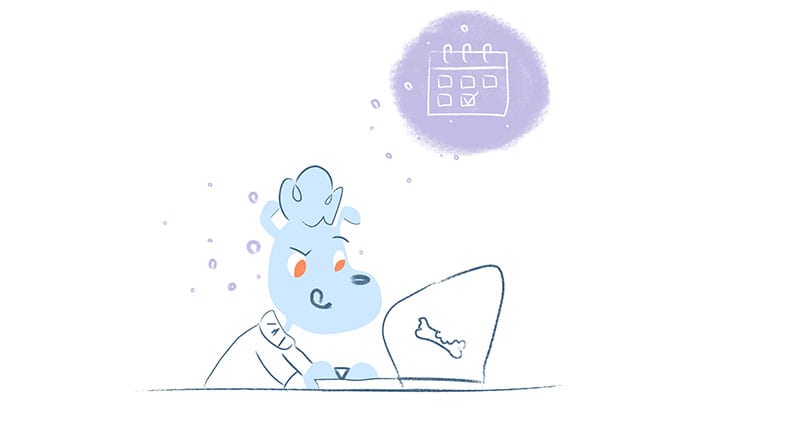
John Rampton
John’s goal in life is to make people’s lives much more productive. Upping productivity allows us to spend more time doing the things we enjoy most. John was recently recognized by Entrepreneur Magazine as being one of the top marketers in the World. John is co-founder of Calendar.